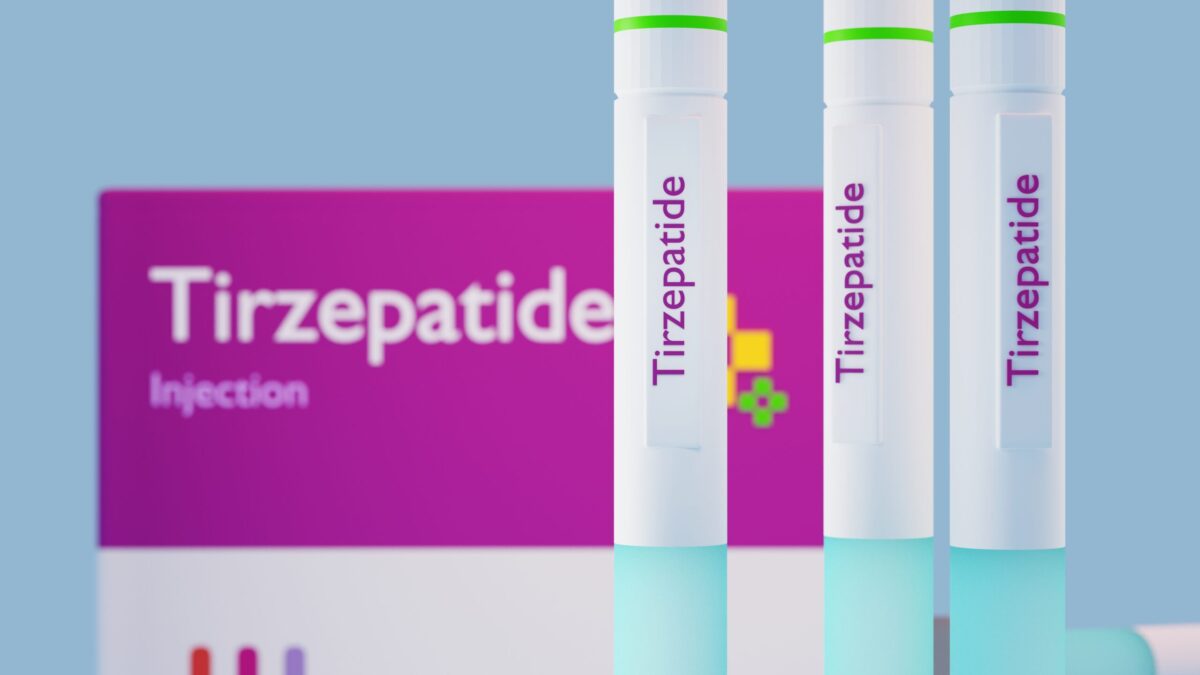The US Food and Drug Administration (FDA) has issued new draft guidance designed to help pharmaceutical companies team up to test multiple candidate drugs in clinical trials involving rare disease patients. Since orphan drug studies can have major patient recruitment issues, the hope is that multi-arm studies assessing more than one drug could help solve this problem.
This type of collaborative trial design could also benefit patients by helping to minimize the number of study participants who are assigned to receive the placebo. A single control group would be used as a comparison for multiple potential treatments, thereby streamlining this part of the drug development process.
The FDA’s guidance document used the rare lysosomal storage disorder Gaucher disease to provide an example of how these multi-sponsor trials could be established. While the multi-arm study design could have some benefits, its unclear how rival drugmakers would feel about sharing participants in a single study.
The FDA also suggests that modelling could be used to predict what the effects of drug might be on a pediatric population when that compound has only been tested on adults.
“Working with our European regulatory colleagues at the EMA, the FDA has drafted an approach to pediatric rare disease drug development that could eliminate the need for certain clinical studies and, when pediatric clinical studies are needed, could reduce the total number of patients who would receive a placebo instead of a potentially helpful drug,” said Dr. Janet Woodcock, director of the FDA’s Center for Drug Evaluation and Research.
“This draft guidance aims to enhance the efficiency of drug development, while minimizing the number of patients required in the trials. Ultimately, we hope to promote new, creative approaches to drug development for Gaucher and other rare pediatric diseases.”
The guidance will be open for comment for 60 days.












Join or login to leave a comment
JOIN LOGIN